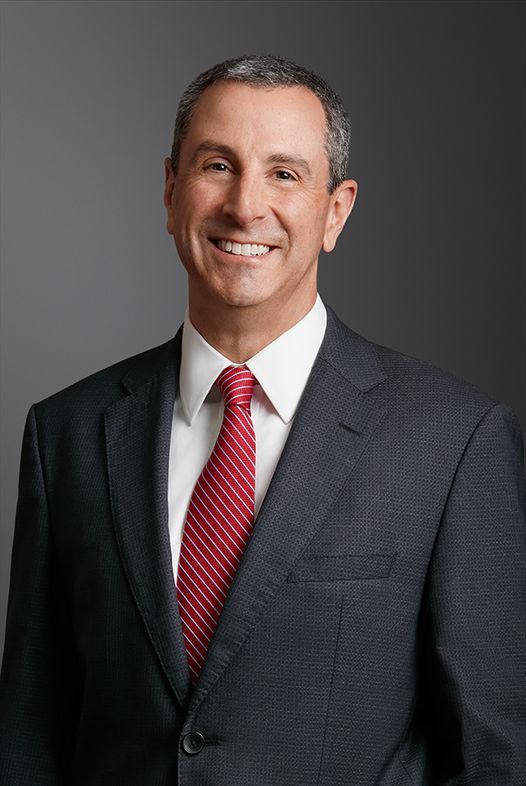Axinn IP Update: Federal Circuit Affirms No Public Use Via Implied Confidentiality
January 30, 2019
By: Ted Mathias
Axinn Update
On January 24, 2019, the Federal Circuit held that an inventor was not barred from patenting his medical device and procedure despite using both more than one year before filing the patent application. Barry v. Medtronic, Inc., No. 2017-2463 (Fed. Cir. Jan. 24, 2019). The decision provides some protection against triggering the public-use bar where no express agreement exists, but life sciences companies should strive to obtain express confidentiality agreements before disclosing new products and procedures.
The patent laws bar an inventor from obtaining a patent if the invention was in public use more than one year prior to the date of the patent application. 35 U.S.C. § 102(b) (pre-AIA); see 35 U.S.C. § 102(a)(1) (post-AIA). To prove public use and trigger the statutory bar, a challenger must prove that the invention was accessible to the public. Barry at 23-24. One way to show that an invention was accessible to the public is to prove that it was disclosed to someone without an obligation of confidentiality. See id.
In Barry, the patent covered a device and associated method for correcting spinal column anomalies. Id. at 3. Between August 4 and October 15, 2003, the inventor used the device to perform the method in front of seven people who had no express obligations of confidentiality. Id. at 23-24. Each of these procedures preceded the critical date of December 30, 2003. Id. at 8.
The challenger argued that confidentiality was between the doctor and patient, not the doctor and those present at the procedure. The jury, however, found no public use based on witness testimony that the seven people in the operating room were “bound by an implicit professional and ethical confidentiality rule . . . .” Barry v. Medtronic, Inc., 230 F. Supp. 3d 630, 656 (E.D.Tex. 2017).
The Federal Circuit held that there were enough facts to conclude that those present for the procedure were under an implied obligation of confidentiality. Id. at 24. The Court cited cases supporting the existence of a confidentiality obligation even in the absence of an express agreement, such as where there are circumstances creating an expectation of secrecy. Id. (citing Dey L.P. v. Sunovion Pharms., Inc., 715 F.3d 1351, 1357 (Fed. Cir. 2013)).
The decision by no means holds that all actions performed in an operating room are shielded under an implied rule of confidentiality. The decision instead serves as a strong reminder that facts dictate the outcome and that life sciences companies should not leave the possibility of implied confidentiality obligations up to a court. Companies should actively police use of patentable subject matter to prevent public disclosure without formal confidentiality agreements in place. An implied confidentiality obligation saved the patent in Barry, but relying only on implied agreements sharply increases the risk of invalidation.
To subscribe to our publications, click here.
Featured Insights
Featured Insights
Consumer Brands CPG Legal Forum 2026
Speaking Engagement
NBA CLS 39th Annual Corporate Counsel Conference
Sponsorship
Antitrust
New Frontiers of Antitrust – 16th Annual International Conference of Concurrences Review
Speaking Engagement
Antitrust
GCR Live Global: Navigating the Future of Antitrust 2026
Speaking Engagement
Antitrust
Axinn Earns Top Antitrust Rankings Coast to Coast in GCR 100
Awards & Recognitions
Why Should I Care About Property Controls?
Speaking Engagement
Antitrust
What’s the Score, Your Honor? Conversation With Judge Richard Boulware
Podcast
LCA Renaissance Symposium XIX 2025
Speaking Engagement
Antitrust
Stakeholders 25th Annual CYOC Career Development Conference
Sponsorship
Antitrust
Japan Competition Law Update
Axinn Viewpoints
Antitrust

